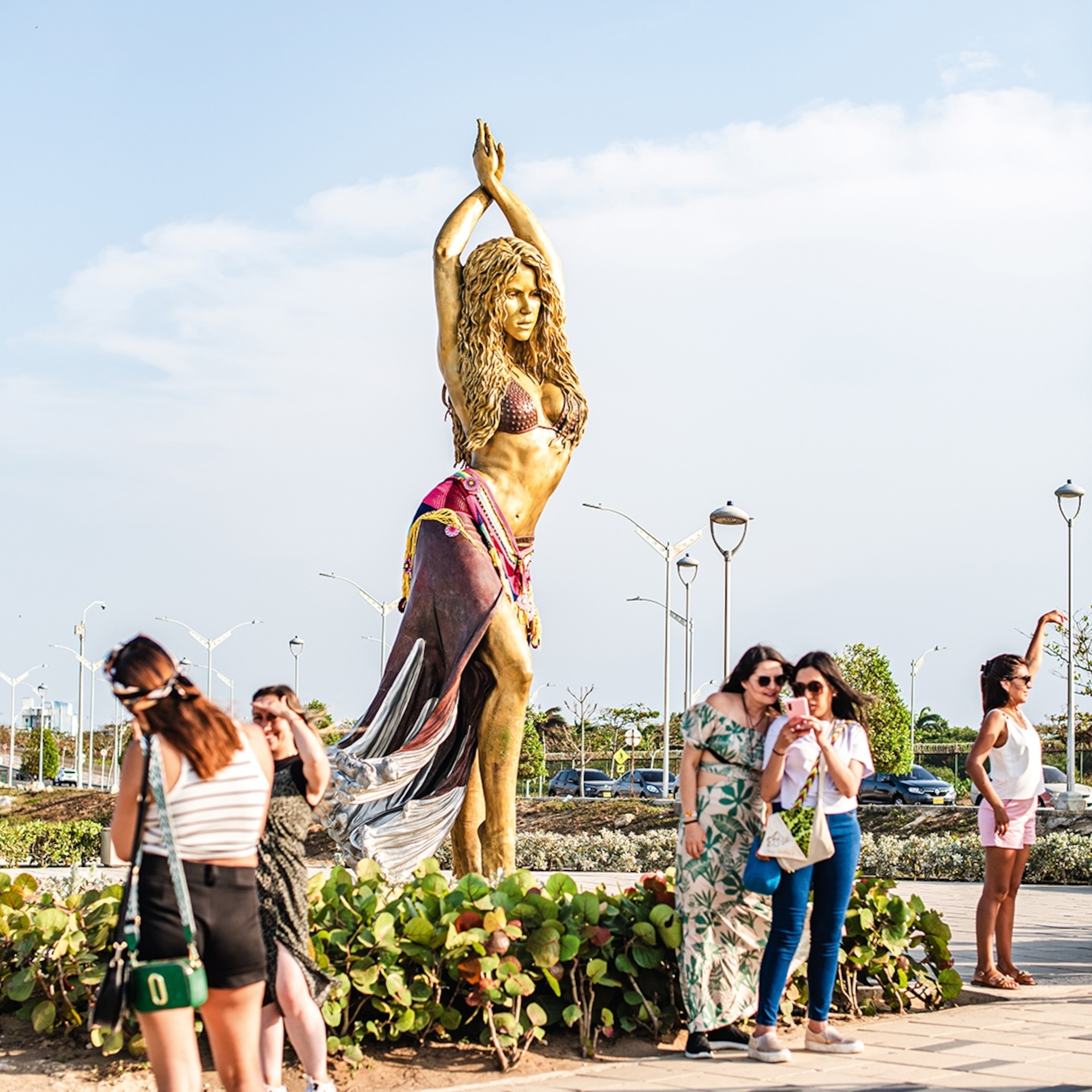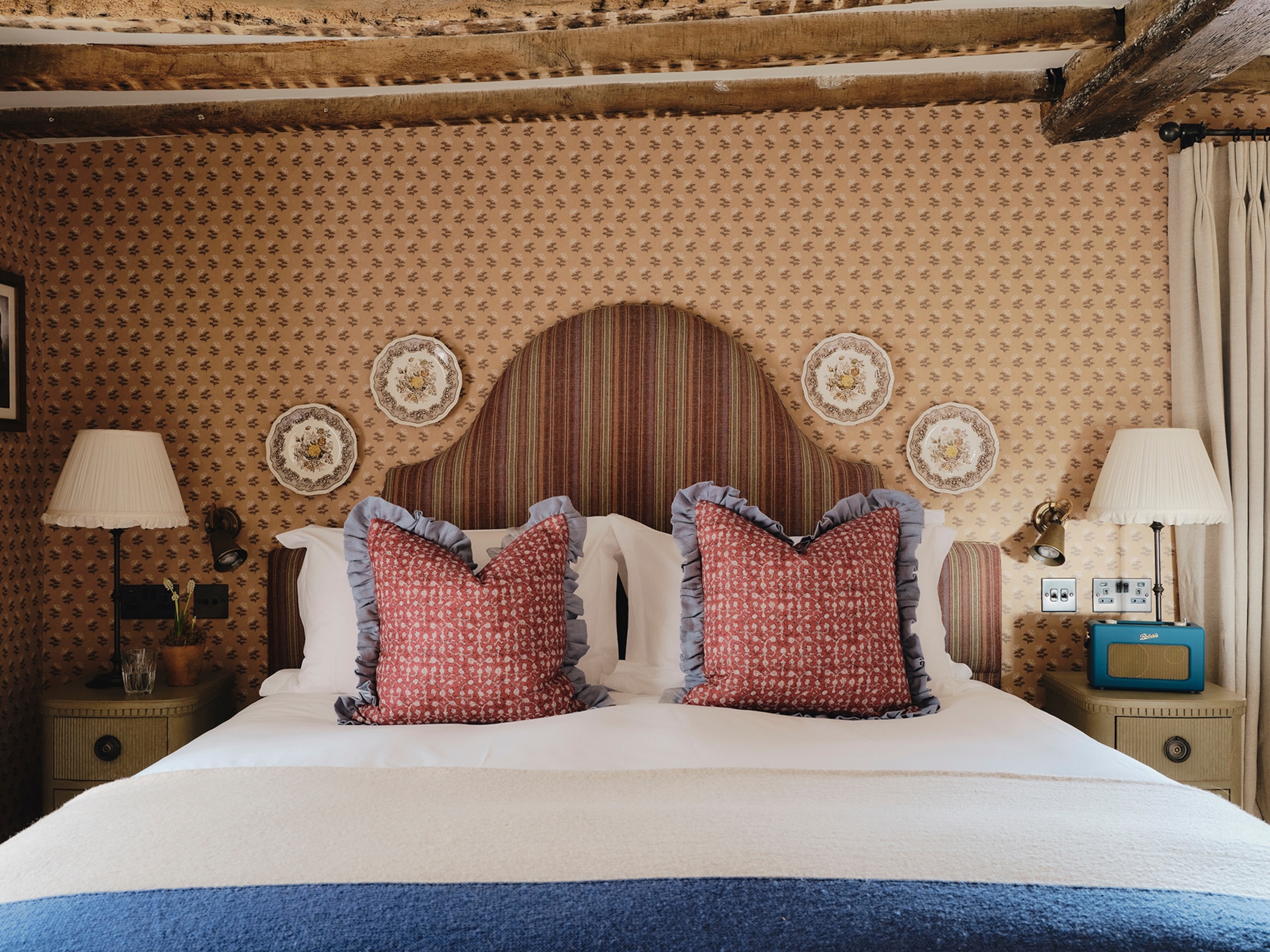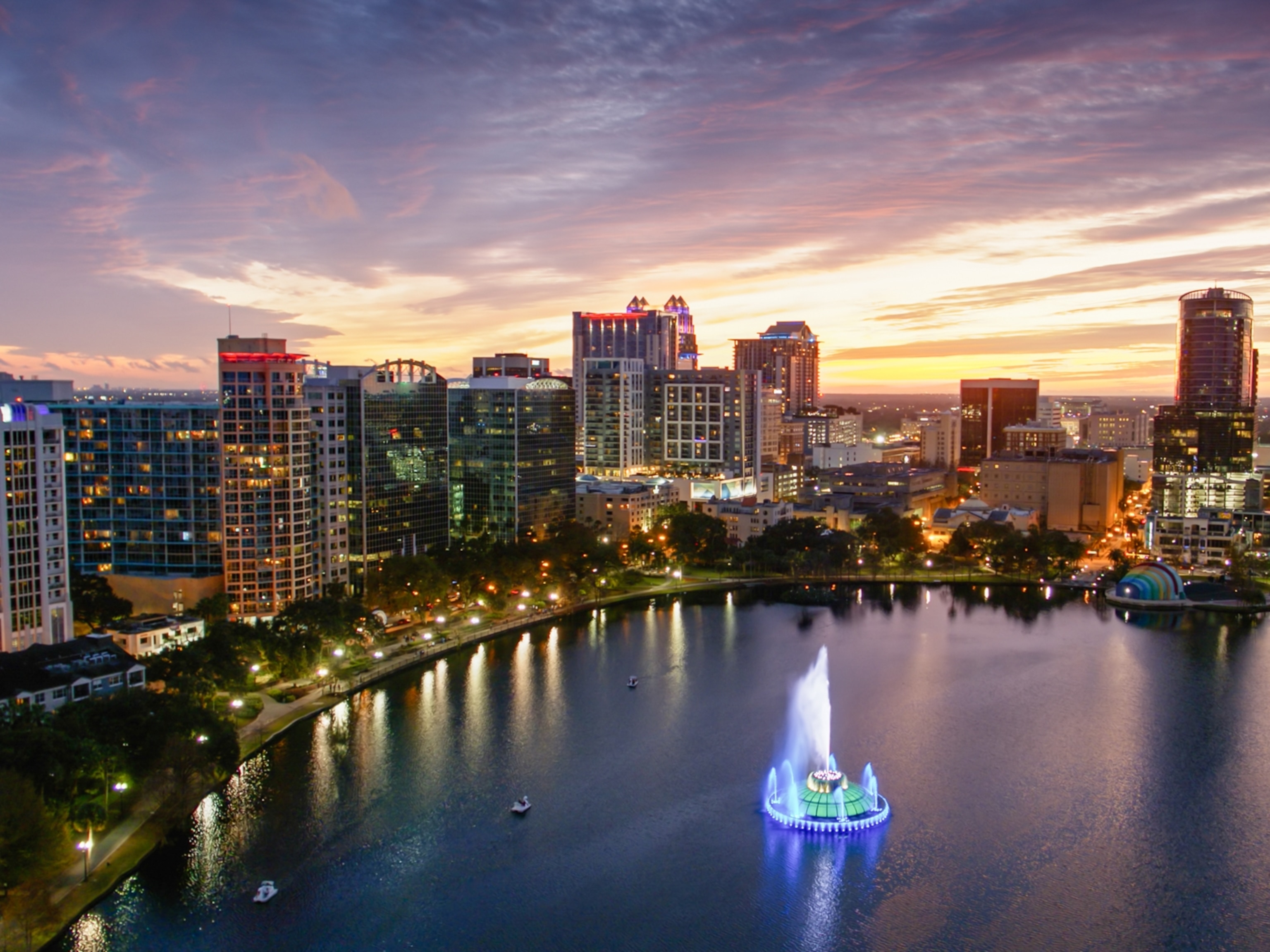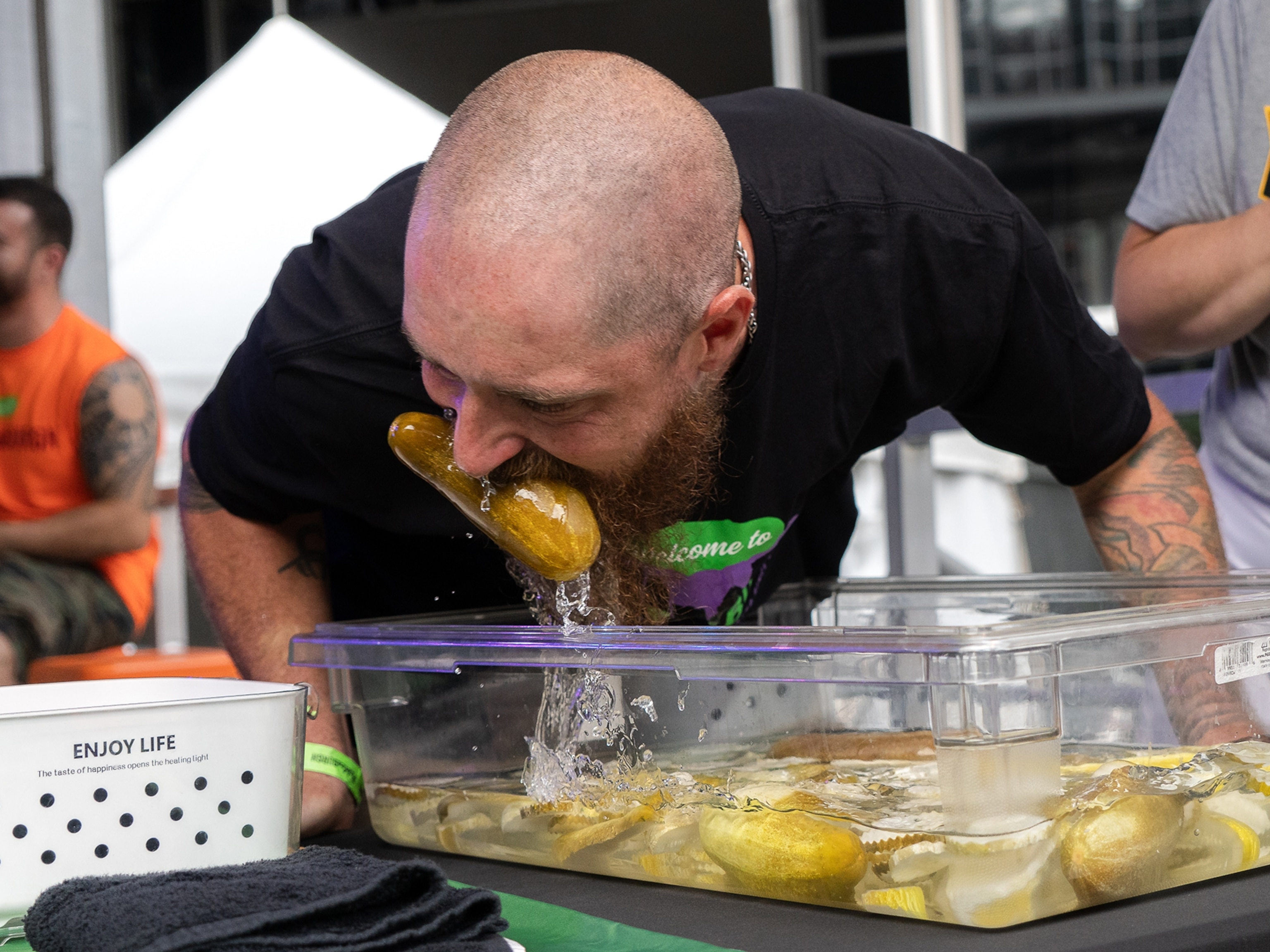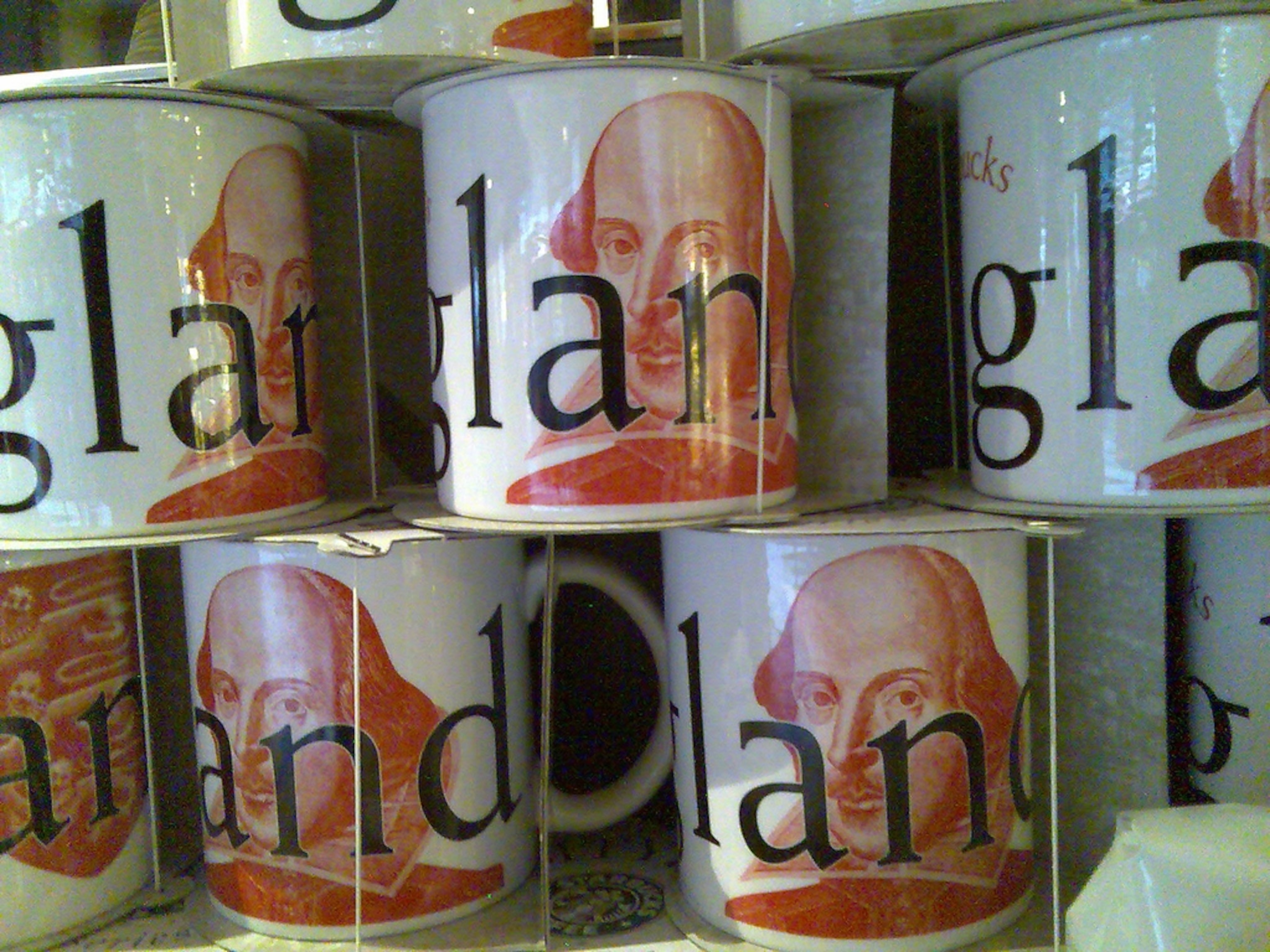
To Feast or Not to Feast: Toasting the Bard’s Birthday
William Shakespeare’s birthday is generally celebrated on April 23 – so, in honor of the Bard, what should we have to eat? What about Spanish paps and blackberry pie?
If his plays and poems are anything to go on, Will Shakespeare had a healthy appreciation for food. There are at least 2,000 culinary references in his collected works; and the word “feast” pops up over 100 times.
Shakespeare fields a couple of famously awful recipes, among them the ghastly gruel whipped up by the three witches on Macbeth’s blasted heath, and the hideous pie containing the flesh of her two sons served to Queen Tamora in Titus Andronicus.
Most of his food references, however, are friendlier. For example, there’s an entire Elizabethan shopping list in The Winter’s Tale as the Clown heads out to stock up for the sheep-shearing feast: three pounds of sugar, five pounds of currants, rice, mace, dates, seven nutmegs, ginger, four pounds of prunes and raisins, and saffron “to color the warden pies.”
Warden pies, a favorite in the Tudor period, were pies or open-face tarts made with Warden (a.k.a. Worcester Black) pears. These are hard cooking pears thought to have been first cultivated in the 13th century by the monks at the Cistercian Abbey near the village of Old Warden in Bedfordshire.
The rock-hard pears kept well and were a popular winter store-cupboard staple. (One story holds that they were included in the troops’ provisions for the Battle of Agincourt, the spectacular centerpiece of Shakespeare’s Henry V. )
Saffron was sometimes used to color the pies bright-yellow–the Elizabethans liked their food gaudy–and sometimes the pears were stewed in red wine to turn them scarlet.
Dinner, in The Merry Wives of Windsor, features hot venison pasties, followed by pippins (tart apples) and cheese; Prince Hal’s pal Poins in Henry IV, Part 2, craves eels and fennel; and Mistress Elbow, “great with child” in Measure for Measure, longs for stewed prunes. Henry V’s soldiers prepare for battle with “great meals of beef;” and the boisterous Sir Toby Belch in Twelfth Night is famous for roaring “Dost thou think, because thou art virtuous, there shall be no more cakes and ale?”
Sir Toby’s cakes, most historians agree, were most likely Shrewsbury cakes, which were essentially shortbread cookies, flavored with rosewater, nutmeg, or cinnamon. In the play, the prime spice seems to have been ginger, which made them “hot in the mouth.”
Antony and Cleopatra mentions a massive breakfast of eight wild boars; and in The Taming of the Shrew, poor Kate is yanked away by her bossy bridegroom before she gets a bite of her wedding feast – but the remaining guests, Shakespeare tells us, had plenty of junkets–a milk-based dessert.
Another Elizabethan passion, jellies or junkets were considered delicacies. They were time-consuming to make, since gelatin had to be painstakingly prepared from boiled bones. Milk or cream was then boiled with gelatin, and sweetened with sugar, rosewater, and fruit, and the mix was molded in wineglasses to form wobbly jellied desserts. Among these were Spanish paps (shaped like breasts, each topped with a nipple-like raspberry) and hedgehogs (studded with almonds).
And, of course, the boisterous and belly-heavy Sir John Falstaff is seemingly never without his cup of sack (sherry and sugar) and leg of cold capon.
Chances are, based on contemporary cookbooks, that Shakespeare himself ate much like his characters. Robert May’s The Accomplisht Cook, for example–written in 1660 when May was at the end of a long and distinguished culinary career–is a collection of over a thousand recipes, with sections on puddings, pottages, “Sallets,” baked meats, fish, “Souces and Jellies,” “the most exquisite way of making Pancakes, Fritters, and Tansies,” and a helpful collection of “A-la-mode ways of Dressing the Heads of Any Beasts.”
May also includes some dishes clearly intended for the tables of the rich and royal, among them a deer-shaped pastry that bled red wine when pierced and fish-shaped fish pies, tricked out with colored sugar to make them look like stained-glass windows.
Seventeenth-century cookbooks from the Folger Shakespeare Library’s collection turned up recipes for “Sassages,” roast beef, fricassee–basically cut-up meat in sauce–and “Gooseberry Foole.”
Other hints about what Shakespeare and his contemporaries ate comes straight from the theatre floor. Excavations of two famous Elizabethan theaters–Shakespeare’s Globe and The Rose, where many of Christopher Marlowe’s plays were performed–turned up the litter left behind by 16th– and 17th-century theatre-goers.
Leftovers showed that people in the pit were munching on walnuts, hazelnuts, plums, cherries, peaches, and raisins, as well as mussels, periwinkles, and cockles. The upper classes, ensconced in the balcony, chowed down on crabs and sturgeon steaks, along with less common fruits like peaches and figs. And everybody ate oysters, which in Shakespeare’s day were dredged out of the Thames and considered a staple food of the poor.
Some evidence indicates that fans of Shakespeare and Marlowe also ate a lot of elderberry and blackberry pies–and the rubble even turned up pumpkin seeds, imported from the American colonies.
And don’t forget the wine, which is mentioned (many times) in 26 of Shakespeare’s 37 plays.
Check out the Elizabethan recipes in The Food of Love: A Taste of Shakespeare in Four Seasons by Alan Deegan or Francine Segan’s Shakespeare’s Kitchen.

